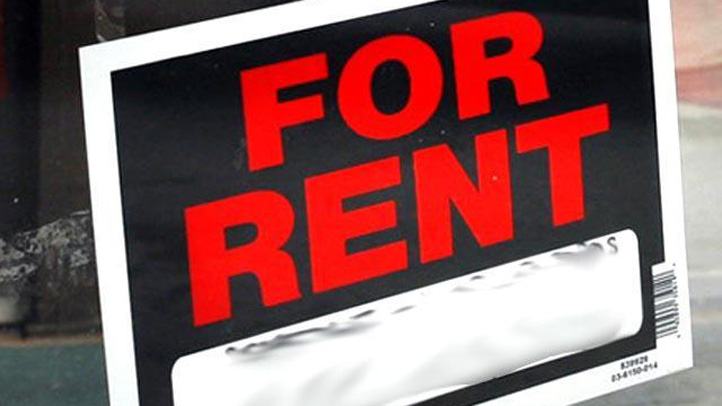State transportation officials said they are still hopeful the nnew span of the San Francisco-Oakland Bay Bridge will open on Labor Day, but they stopped short of a guarantee.
At issue is the planned repair for seismic safety rods that snapped on the new span.
There will be another public meeting at the end of the month where Caltrans said it hopes to give a final answer on timing.
The bolt fix could cost between $5 million to $10 million, a state transportation official said on Wednesday.
California Transportation Commission Executive Director Andre Boutros told a meeting of the Bay Area Toll Authority the repair officials plan to go ahead with for the 32 rods that failed involves installing a steel saddle.
The saddle would be placed over the broken rods and held in place with steel cables that would be covered up with concrete, so they wouldn't be seen, he said. Another repair option would have been more expensive.
Engineers will do more tests on the remaining 1,200 bolts, which were made in 2010. They are going to do a custom test called "wet testing" where they will soak the bolts in salt water solution then tensioned for days to see how hold up over years and decades.
Local
The rods connect steel earthquake safety devices called shear keys to the deck of the bridge and a large concrete cap. Shear keys would help control swaying during an earthquake.
The new bridge, which is replacing a span damaged during the 1989 Loma Prieta earthquake, is designed to withstand a major temblor. It is already years late in opening and billions of dollars over budget.
Documents released last month by the California Department of Transportation show its inspectors found structural integrity issues with some of the rods several years ago, before they were installed.
The documents were unclear about whether the problems were remedied before the rods were delivered and installed. The inspectors noted that they failed elongation tests for structural integrity and said they were concerned about the quality of work by the company that galvanized them to prevent corrosion.
The 32 rods that failed were among a group of 96 from 2008. Officials have blamed what's called hydrogen embrittlement, at least in part due to moisture and water from the foggy environment enveloping the bridge, for their failure. Another batch of 192 bolts from 2010 has been installed.
Tests of those bolts have shown no signs of weakness or hydrogen embrittlement, Steve Heminger, executive director of the Metropolitan Transportation Commission, said at the meeting on Wednesday.
"`We're starting to see more daylight between the 2008 bolts with the hydrogen embrittlement problem and the 2010 bolts, which do not seem to be developing this problem,'' he said.



